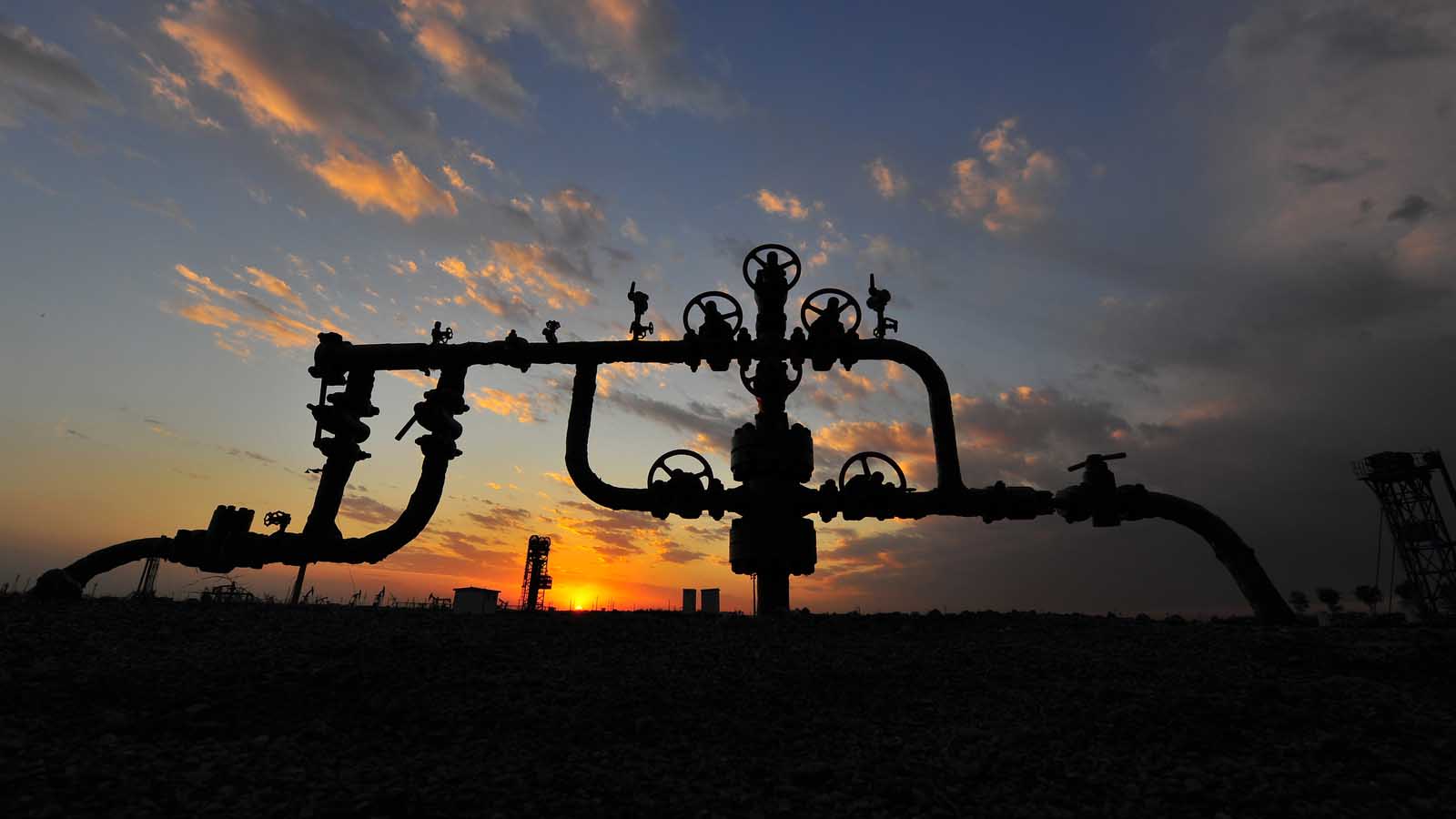For Chesapeake Energy (NYSE:CHK), the coronavirus from China may have been the straw that broke the camel’s back.

The company used clever hedging last year to all but guarantee itself short-term survival, assuming natural gas prices stayed above $2 per million British thermal units. But thanks to low Chinese demand, prices aren’t cooperating. Natural gas started the year at $2.02 and, with the end of the winter heating season approaching, it’s headed lower.
Investors have recognized this. The stock hasn’t traded above $1, the New York Stock Exchange’s minimum for an active listing, since early November. It opened at 48 cents Feb. 20, a market capitalization of $939 million.
Chesapeake’s Valued History
People care about Chesapeake because of its history.
Chesapeake pioneered fracking in the northeast U.S. a decade ago, when gas prices peaked at over $12.50. Founder Aubrey McClendon became the poster boy for an oil and gas boom that peaked in 2014. The city where the company’s headquartered — Oklahoma City — got an NBA franchise, the former Seattle SuperSonics, and made the NBA Finals.
Then it all fell apart. McClendon was accused of rigging oil and gas lease sales. He died in a 2016 traffic accident. The company has been fighting for survival ever since.
What Happens Now?
For the December quarter, due to be reported Feb. 26, analysts are expecting Chesapeake to lose just 6 cents per share on revenue of $2.1 billion. During the quarter oil frequently traded above $60 per barrel.
The company’s futures trading means its 2020 oil production will bring in about $60 per barrel, even while prices on the spot market struggle to hold $50.
That’s the good news.
The bad news is that Chesapeake was unable to hedge all its future natural gas production. The story can be seen in its debt. The company just went through a restructuring of short-term notes, pushing off final payments and issuing new debt with a coupon rate of 11.5%. Those notes now trade at 80 cents on the dollar. That should be a yield of 17%, but the market doesn’t believe the notes can be repaid.
As for CHK stock, it will be de-listed soon unless Chesapeake engages in a reverse stock split. If it turns its 1.95 billion shares outstanding into 195 million, a 1-for-10 reversal, they would be trading today at $4.80 each. That would buy the company time. During that time, it would hope that the present price trends reverse. Hope is not a plan.
Chesapeake does have assets. It could sell its production in the Haynesville gas field, which includes parts of Arkansas, Louisiana and Texas. InvestorPlace’s Larry Ramer mentions Exxon Mobil (NYSE:XOM) and Chevron (NYSE:CVX) as possible buyers. But the idea of getting $1 billion from a gas field when production is being burned off for lack of a market doesn’t seem reasonable to me.
The Bottom Line on CHK Stock
Speculating on rising natural gas prices, as InvestorPlace’s Chris Lau recently suggested, would be a long shot. Even at its current price Ian Bezek is right, there’s no reason to buy.
The reason, as Laura Hoy notes, is the company’s debt. Chesapeake’s long-term debt is now higher than the value of the oil and gas reserves it owns.
Chesapeake produced an average of 477,000 barrels of oil equivalent (that’s oil, gas and natural gas liquids) per day during the fourth quarter of the year. But the long-term trends are against the oil patch, as I have explained repeatedly.
If you want to speculate on Chesapeake, buy some of that debt. The company’s survival would bring you a huge return, an 11.5% coupon and a capital gain. But that’s only if you have money to burn.
Dana Blankenhorn has been a financial and technology journalist since 1978. He is the author of the environmental thriller Bridget O’Flynn and the Bear, available at the Amazon Kindle store. Follow him on Twitter at @danablankenhorn. As of this writing he owned no shares in companies mentioned in this story.
